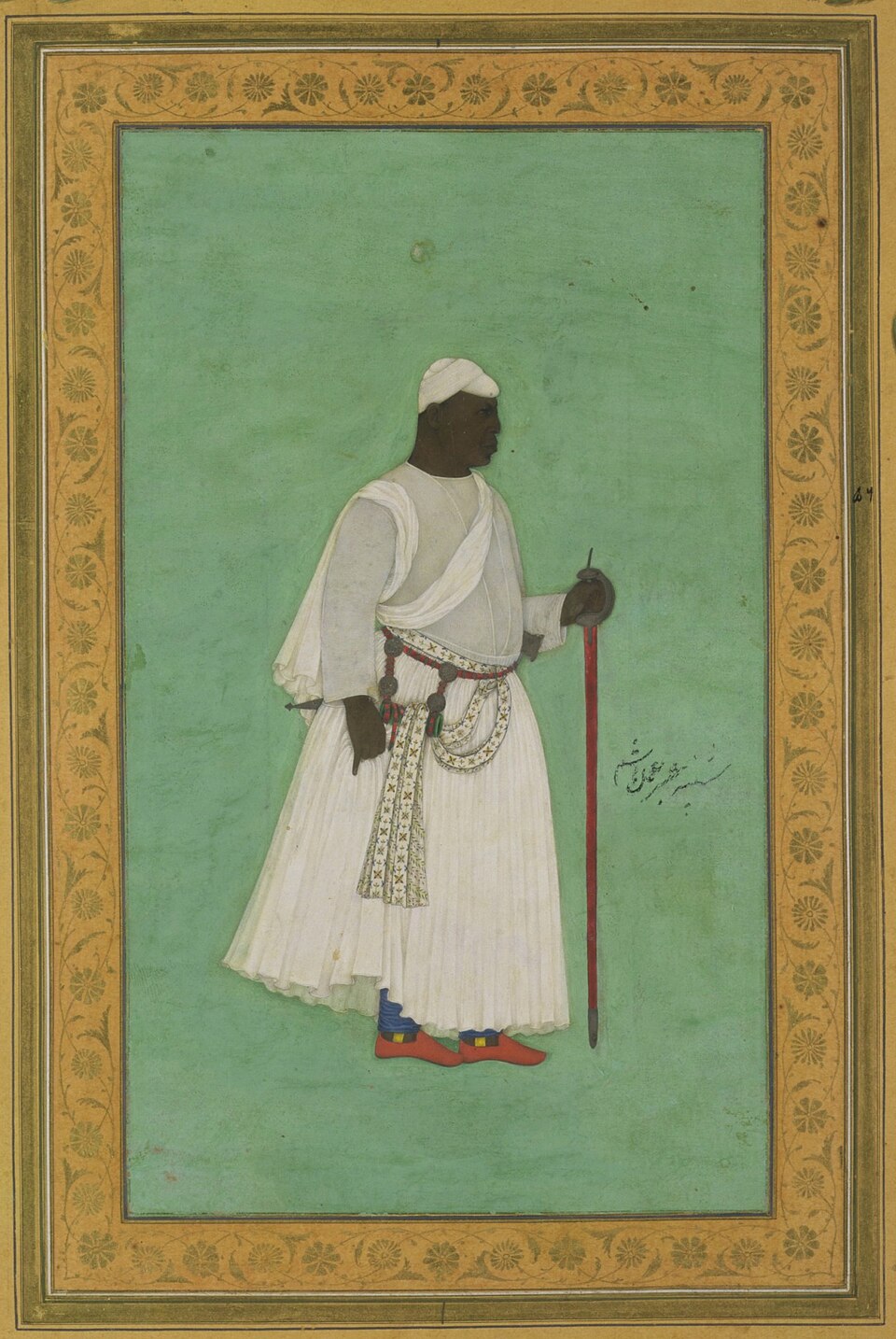
Murtaza Nizam Shah II
Coins
Murtaza Nizam Shah II (r. 1600–c. 1630s) was a ruler of the Ahmadnagar Sultanate during its final decades, declared sultan by Malik Ambar after the Mughal conquest of Ahmadnagar city in 1600. His reign marked a period of resistance against Mughal expansion under Malik Ambar’s leadership. Accession: Proclaimed sultan in 1600 at Paranda after the Mughals imprisoned Bahadur Nizam Shah. Role of Malik Ambar: Malik Ambar, his prime minister (vakīl-us-saltanat), became the de facto ruler, reorganizing the administration and military. Shifted the capital to Khadki (later Aurangabad) and employed guerrilla tactics against Mughal forces. Military Resistance: Successfully repelled Mughal incursions under Emperor Jahangir, notably defeating Mughal general Khan-i-Khanan. Allied with Bijapur and Golconda to counter Mughal pressure
.webp)
Burhan Nizam Shah III
Coins
Burhan Nizam Shah III (r. 1610–1631 CE) was a ruler of the Ahmadnagar Sultanate during its final decades of existence, reigning under the regency of Malik Ambar, the influential prime minister who spearheaded resistance against Mughal expansion. Accession: Ascended the throne as a minor after Malik Ambar shifted allegiance from Murtaza Nizam Shah II (r. 1600–1610) in 1610.Role of Malik Ambar:Malik Ambar served as vakīl-us-saltanat (prime minister) and de facto ruler, reorganizing administration and military strategy.Shifted the capital to Khadki (later Aurangabad) and employed guerrilla tactics against Mughal forces Death and Succession: Burhan III’s death in 1631 led to a power vacuum. His successor Hussain Shah II (r. 1631–1633) was imprisoned by Mughals in 1633.Final Collapse:Murtaza Nizam Shah III (r. 1633–1636), a minor installed by Maratha leader Shahaji Bhonsle, became the last nominal ruler.Defeated by Mughal viceroy Aurangzeb in 1636, leading to the sultanate’s annexation.
